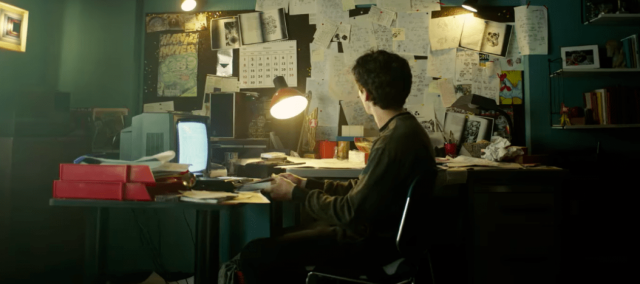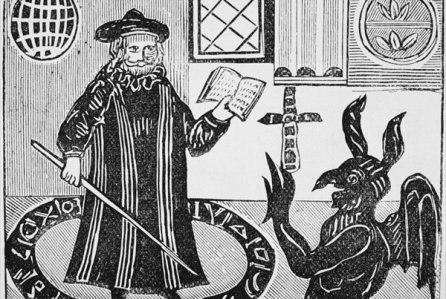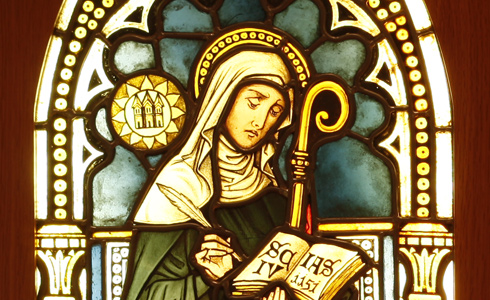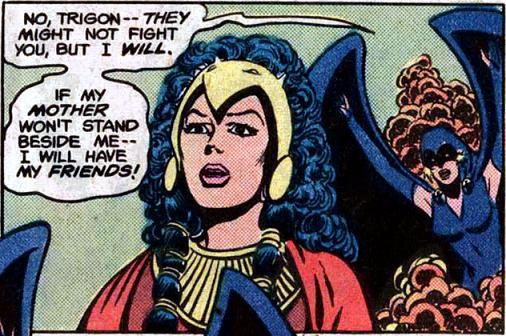
Disclaimer: Contains spoilers for Black Mirror: Bandersnatch.
Author’s note: I’m going to be referring to Bandersnatch as a game in this article, because it makes more sense to use this word within this context.
Since its release, Black Mirror‘s interactive nightmare Bandersnatch has drawn people into its labyrinth in search of secrets. While it seems that all possible endings have, at this point, been discovered, it is still up for debate which ending is the “true” ending. While, cinematically, the “5-Star” ending might seem the most in-keeping with Black Mirror‘s usual vibe, there’s something about it that seems too obvious. It doesn’t subvert our expectations, it just plays into them. We expect Stefan to end up like Jerome F. Davies, descending into a rabbit hole of paranoia and violence. Nothing about this ending is surprising.
As a gamer, I went into Bandersnatch with the mindset that I needed to get the “true” ending, and I knew well that the “true” ending isn’t always the most obvious. Silent Hill 2 and Bloodborne are prime examples of the true endings being the more depressing and unsettling. In my mind, the true ending to this unconventional story wouldn’t be the easiest to get, it wouldn’t be found at the end of the most conspicuous path, and it wouldn’t be one of the copy-paste endings with a review at the end. Seeking the highest rating for Stefan’s game was only playing into expectations, and going for the easiest answers. Notice how the first REAL choice we are given in Bandersnatch is whether or not to work at Tuckersoft, and making the more obvious choice of accepting the offer leads us to an unsatisfying ending, for both Stefan and ourself, the player. It’s only when you make the risky choice that you can progress. This fact, to me, is very telling of what the true ending of Bandersnatch is meant to be.

There are many ways to lose a game. There’s far fewer ways to win. You can finish the game, get a review, and be fooled into thinking that you’ve successfully gotten the high score, but you’ve only done what the game expected you to. Only what it wanted you to. You played into the programming, and were controlled just as much as Stefan was. Bandersnatch expects you to go mad, kill your father, and finish making the game. To really beat the game, you have to get Stefan away from the dark fate Bandersnatch has planned for him.
There is only one ending that has you diverge from the path of slavishly completing the game. Only one that fulfills the Stefan’s wants and needs, not those of the player. Only one that actually frees Stefan from the endlessly cycling maze.

The “TOY” ending, where Stefan goes back in time, finds Rabbit, and embarks on the fateful train ride with his mother, resulting in his spontaneous death in the current time line.
Changing the events surrounding his mother’s death is the only way to truly break Stefan out of the endless cycle of madness, murder, and imprisonment. While the result of changing history is bleak, it is the only ending that does not result in Stefan’s imprisonment, and is (arguably) more merciful. In his death, he is actually freed from the maze. It is the only way he can escape the confines of Program and Control.
Think about it: Throughout the course of Bandersnatch, we’re told over and over again that we need to break free. We’re challenged to escape the limitations of the programming, as impossible as that seemingly is. While we are still controlling Stefan no matter what path we go down, it is possible for us to choose a path for him that gives him closure, and allows him to rest in peace rather than driving him down a path that destroys him and everyone around him. No matter how you slice it, the “TOY” ending is the one that causes Stefan to suffer the least. It also allows him to confront his personal demons, rather than him being driven mad by them.

We are constantly being told, don’t give in. Don’t make the easy choices. Don’t go for the obvious paths. In a sense, we are playing against the game Bandersnatch itself. The premise of the game tricks us, suggesting that the only goal we have is to complete Stefan’s video game. But doing that only causes him suffering, and surrenders to the trappings of obvious and easy answers. It’s easy to give in. It’s easy to let Stefan become single-minded and only care about the game, letting his own life fall to shambles as a result. What’s harder to do is to look for the deeper, more obscure path, and release our Pac-Man from his programming.
If you like what I’m doing on this blog and would like to support, consider making a donation via ko-fi.
























